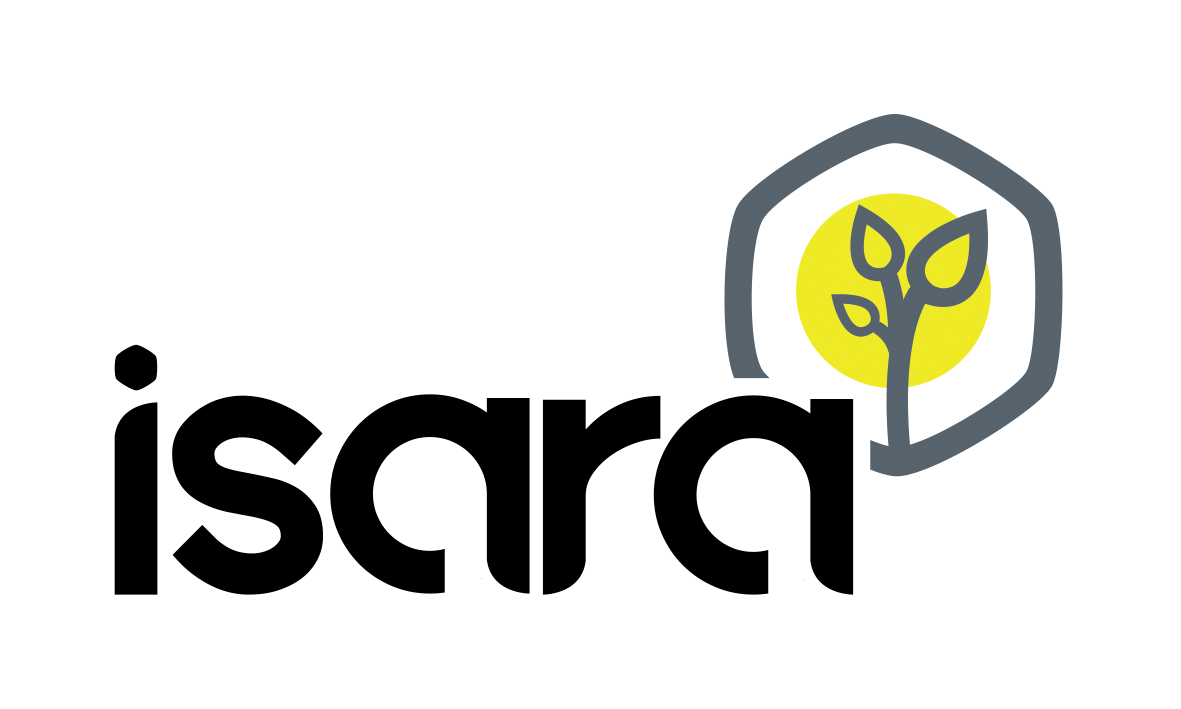A simple biodiversity assessment scheme supporting nature-friendly farm management
Résumé
Farmers are important actors for regional development and biodiversity protection. Agri-environment-climate measures (AECM) are therefore a central tool of the European Union to support its biodiversity conservation policy. AECM generally reward farmers for fulfilling predefined management actions or avoiding specific practices. In contrast, result oriented AECM are intended to reward farmers for the outcome of nature friendly management practices. This approach gives more flexibility in management and hence promotes farmers engagement and autonomy. Besides educational activities and agricultural advisory services farmers need user friendly tools to assess biodiversity in order to meet result oriented AECM. Thus, we present a biodiversity assessment scheme for farmland using a set of indicators, which covers different aspects of biodiversity (flower colour index, butterfly abundance, landscape structuring degree, patch diversity index, aggregated biodiversity index) and can be applied at different spatial scales. The assessment scheme is applied on 44 farms in five countries (France, Switzerland, Germany, Italy, and Austria). To evaluate its appropriateness the relationship between the indicators and land-use intensity and plant species richness is investigated. Grasslands with low land-use intensity are more colourful grasslands, have significantly more butterflies and a higher aggregated biodiversity index than moderately and intensively used grasslands. The influence of management intensity on the landscape structuring degree is not significant. All indicators correlate with plant species richness at all spatial scales. The proposed assessment scheme serves as a tool for the detection of differences in biodiversity resulting from land-use practices, and can assist the monitoring of ROMs.


